How to Plant Coreopsis
Coreopsis is a standout shrub known for its bright, multi-colored flowers. Currently, there are over 100 species that have been introduced to Russia from North America. The flowers often come in pink or brown-yellow tones, with a prominent center that is yellow, brown, or light yellow. Coreopsis is distinguished by its excellent frost tolerance, ease of care, and long blooming period.
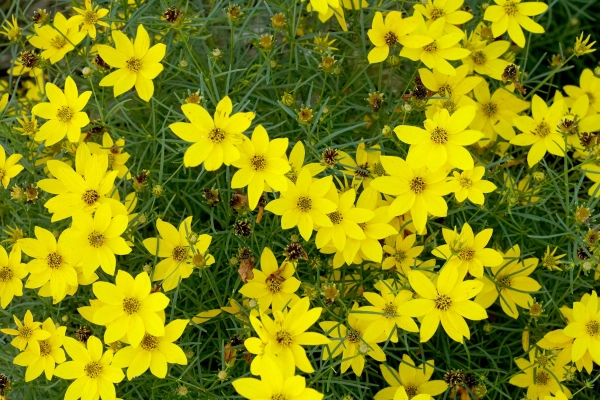
In nature, Coreopsis typically grows in dry, sandy, and nutrient-poor soils. When grown at home, the plant thrives best in moderately nutritious soil. Soil that is too heavy and rich in nutrients can negatively impact the plant, reducing the natural beauty of its flowers. Additionally, this flower does not tolerate waterlogging during the winter.
Other notable features of Coreopsis include:
- Prefers strong sunlight, so it should be planted in areas with abundant sunshine.
- Excellent tolerance to both high and low temperatures.
- Requires regular watering during dry periods.
Varieties of Coreopsis
There are dozens of species and varieties of Coreopsis, with differences mainly in flower shape rather than care methods. Some popular outdoor varieties include:
- Coreopsis grandiflora 'Early Sunrise': A variety with large, semi-double, bright yellow flowers, blooming from early summer.
- Coreopsis grandiflora 'Golden Showers': A variety with striking yellow flowers and longer stems than usual.
- Coreopsis verticillata 'Moonbeam': A compact, bushy variety with butter-yellow flowers.
- Coreopsis rosea 'Nana': A low-growing, pink-purple variety that spreads well but is not drought-tolerant.
Propagation of Coreopsis
Coreopsis can be propagated in several ways, each quite simple and effective:
- Root Division: This is the most common and reliable method. This process is typically carried out in late March, when the soil has completely thawed. Start by gently loosening the soil around the plant, then carefully lift the clump without damaging the roots. Use a sharp knife to divide the roots into smaller sections, ensuring each section has a few new shoots. After dividing, plant them in new locations and care for them properly.
- Cuttings: In late June, you can cut healthy shoots about 10 cm long, remove the lower leaves, and plant them in flower pots. Each pot should contain no more than 3 cuttings. Place the pots in a lightly shaded area and ensure regular watering to stimulate root growth.
Growing Coreopsis from Seeds
Growing Coreopsis from seeds is a simple and enjoyable process. To ensure good growth, select an area with plenty of sunlight and moderately fertile soil. If you want the plants to bloom in their first year, sow the seeds in February to plant the seedlings later. After the frost has passed, transfer the seedlings outdoors.
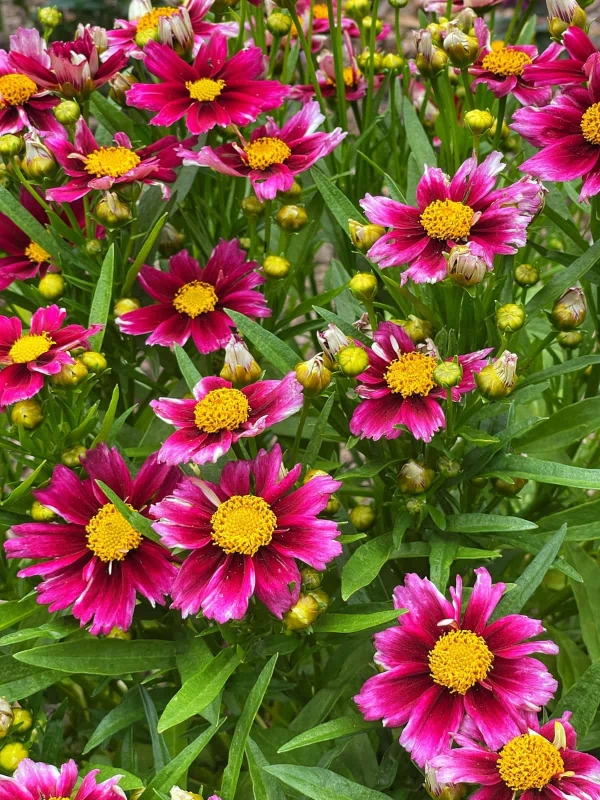
You can also directly sow the seeds in the garden during spring or mid-October. Coreopsis seeds are quite cold-tolerant, so planting them late in the season is not an issue. Once the young shoots emerge, thin them out and weed regularly to encourage better growth. Ensure that the soil is kept consistently moist.
Caring for Coreopsis
Coreopsis is an easy-to-grow, low-maintenance plant, especially when placed in the right environment. Choose a spot with plenty of sunlight and well-draining soil for planting. Be sure to leave space between the plants to allow for air circulation, especially for taller varieties, which may need staking. Deadheading spent flowers is crucial to encourage continuous blooming throughout summer and fall.
Essential Conditions for Growing Coreopsis
- Light: Coreopsis thrives best in direct sunlight for at least 6-8 hours per day. In regions with intense heat, a bit of afternoon shade can help the plants stay healthy.
- Soil: Well-draining, neutral soil is ideal for Coreopsis. These plants are not very picky about soil, but avoid heavy, clayey, and overly wet soils. Enriching the soil with compost will improve drainage and help the plants grow better.
- Water: During the first year, water the plants regularly to keep the soil moist. Once established, Coreopsis becomes quite drought-tolerant, but regular watering will ensure maximum flowering.
- Temperature and Humidity: Coreopsis prefers daytime temperatures between 70–80°F (about 21–27°C) and nighttime temperatures between 50–60°F (about 10–16°C). Humidity is not a major concern for this plant, as long as the soil drains well.
- Fertilizer: Coreopsis doesn’t require much fertilizer. In fact, over-fertilizing can encourage excessive foliage growth at the expense of flowers. If desired, you can apply a small amount of organic fertilizer in early spring to support better growth.
Common Problems with Coreopsis
Coreopsis is an easy-to-grow, low-maintenance plant, but certain issues may arise if environmental conditions are not properly maintained. Ensure the plant consistently receives enough water, sunlight, and well-draining soil to thrive.
1. Yellowing Leaves
Yellowing leaves are typically caused by two main factors: overwatering or nutrient deficiencies. Coreopsis generally does not require fertilization unless it's planted in very poor soil. In that case, it may need extra nutrients. If the soil is too moist, let it dry out before watering again. It's best to water when the soil is dry about 2 inches below the surface rather than watering too frequently.
If you notice yellow patches between the veins of the leaves, the plant may be lacking micronutrients like iron or magnesium:
- Magnesium deficiency: The center of the leaf yellows first, then spreads to the edges.
- Iron deficiency: This usually appears on young leaves at the top and tips of branches.
- Sulfur deficiency: The newest leaves turn completely yellow.
- Potassium deficiency: The edges of older leaves turn bright yellow, while the center remains green.
- Nitrogen deficiency: Older inner leaves turn yellow first, followed by the rest of the plant.
2. Sunburned Leaves
Although Coreopsis loves sunlight, it can still suffer from sunburn if not gradually acclimated to full sunlight. If you move the plant outdoors too quickly without a transition period, the leaves can turn yellow, white, or brown due to excessive sunlight. To distinguish sunburn from other issues, check the underside of the leaves. If the underside remains green and unaffected, it is likely sunburn.
To prevent this, gradually harden off the plant by exposing it to direct sunlight a little more each day before planting it in the ground or leaving it outdoors for extended periods.
Note: Coreopsis is a hardy and low-maintenance plant that doesn’t require too much effort. As long as it receives adequate sunlight, well-drained soil, and proper watering, it will grow vigorously and bloom throughout the summer and fall.
Tags: Indoor Ornamental Plants | Outdoor Ornamental Plants | Bonsai Plants | Aquatic Ornamental Plants | Miniature Ornamental Plants |










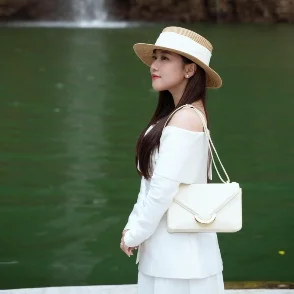
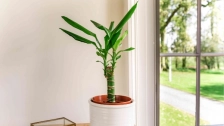

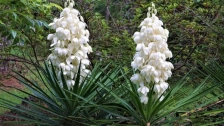






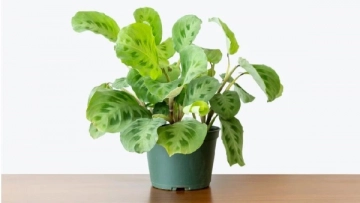

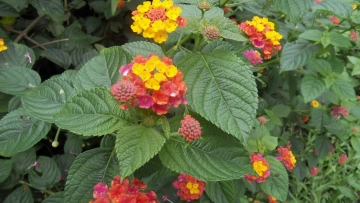
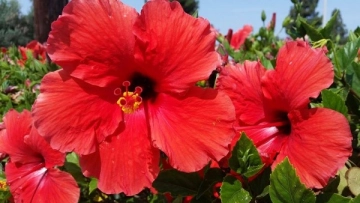
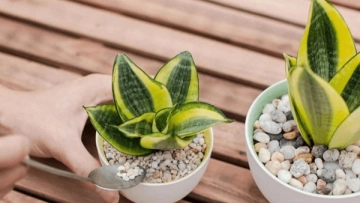
Ayzla Padma
September 28 , 2024
Thanh Thao
September 28 , 2024